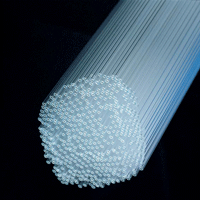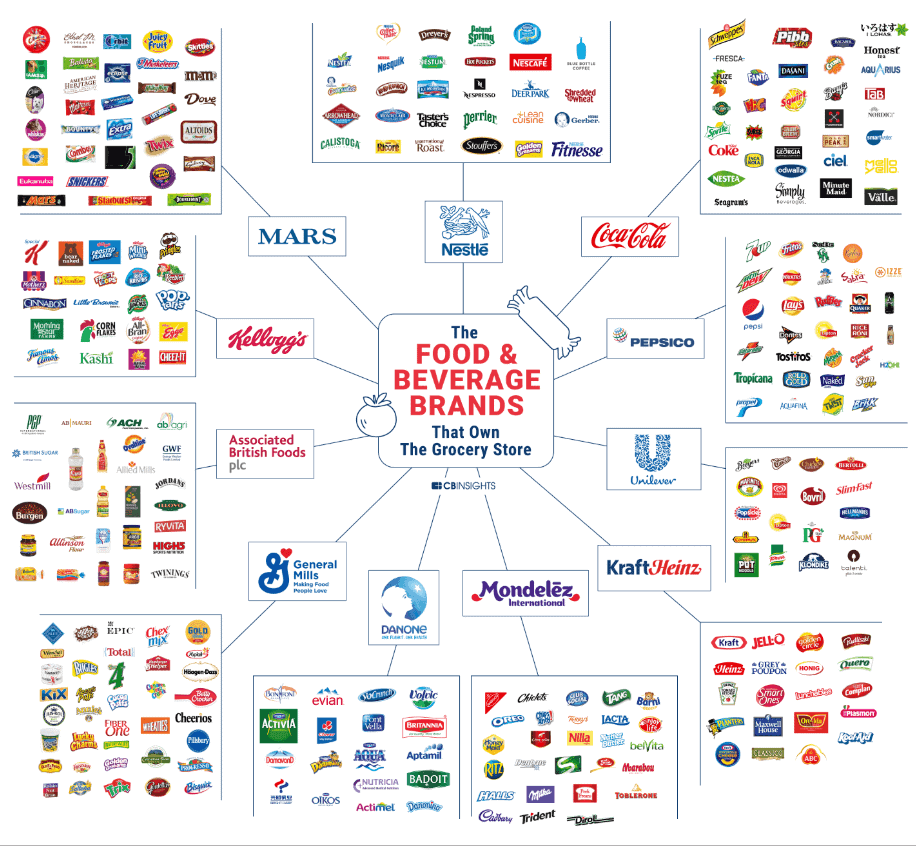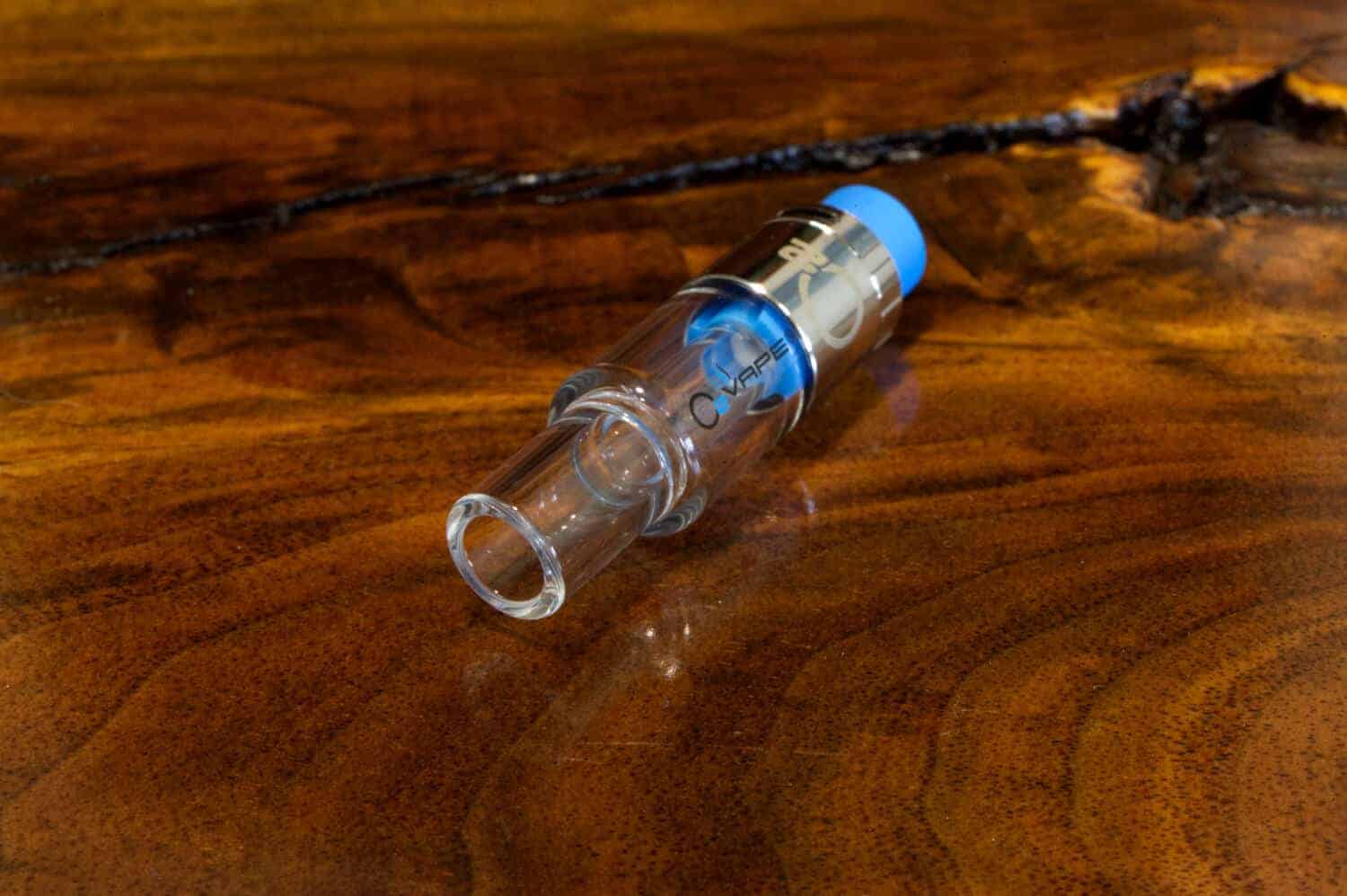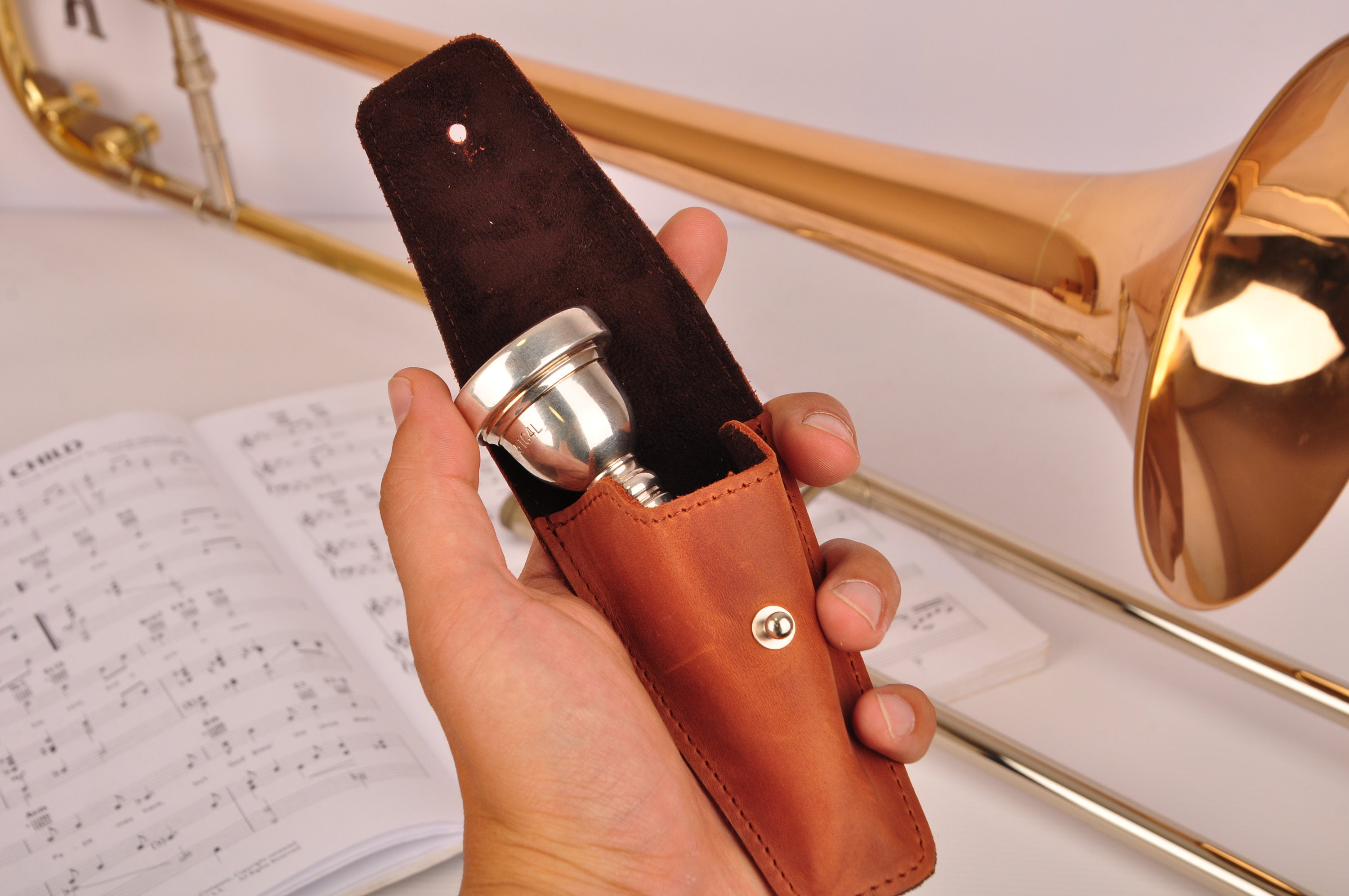Preparation and assembly of glass capillary and mouthpiece. In order to
4.8 (166) · $ 17.99 · In stock
Download scientific diagram | Preparation and assembly of glass capillary and mouthpiece. In order to obtain a glass capillary of appropriate size and length, mount a glass Pasteur pipette to a stand. Make sure that the holders are of nonflammable material and attach a small weight (e.g., a liquid-filled 15 ml conical tube mounted to a bulldogclip) to the bottom of the pipette (a). Move the flame of a Bunsen burner up and down along the thin part of the glass pipette to heat it up slowly (b). The pipette will melt and be pulled downward, thereby forming a thin capillary. Immediately remove the flame from the glass once the weight starts to move downward (c). Let the glass cool down, clip it at the thinnest part and connect it to the mouthpiece with a soft rubber tube (d) from publication: Targeted Analysis of Chromatin Events (TACE) | Visualization of meiotic chromatin from pollen mother cells has become an essential technique to study meiosis in the model plant Arabidopsis thaliana. Here we present an advanced cytogenetic method that combines improved immunocytology with chromosome painting, thereby | Chromatin, Chromosome Painting and Fish | ResearchGate, the professional network for scientists.

Changbin CHEN, Professor (Associate), PhD, Arizona State University, AZ, ASU, School of Life Sciences

Industrial glass - Glassmaking in the laboratory

Making Micropipette Electrodes and Other Research Implements: World Precision Instruments

Micro Mist Nebulizer

Preparation and assembly of glass capillary and mouthpiece. In order to

George Washington Unit Study A Simple Guide For

JaypeeDigital

How to Make Capillary Tubes using Glass Pasteur Pipettes – Fast and easy method #4k #chemistry #lab

Targeted Analysis of Chromatin Events (TACE)

Histology analysis of testis and epididymis. (A to D) Gross appearance

Glass capillary microfluidics for production of monodispersed poly (dl-lactic acid) and polycaprolactone microparticles: Experiments and numerical simulations - ScienceDirect

PDF) Descriptive analysis of contributing factors in outcomes of emergency department CPRs

Strategy for and efficiency of generation of Zfy1 knockout (KO) mice

Peter Schlögelhofer's research works University of Vienna, Vienna (UniWien) and other places

Glass capillary assembled microfluidic three-dimensional hydrodynamic focusing device for fluorescent particle detection











